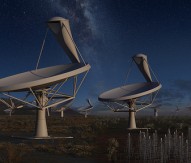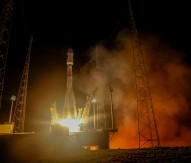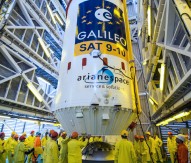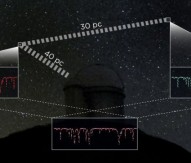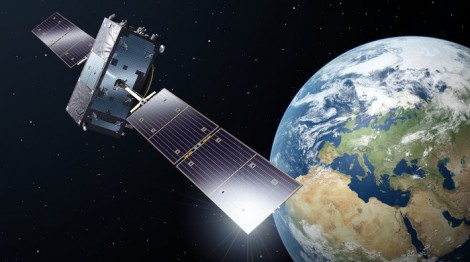
ESA’s Galileo satellites carried out manoeuvres to take them to orbit
Europe’s recently launched Galileo navigation satellites have now carried out a set of manoeuvres that will take them down to their working positions in orbit.
On 27 March, the seventh and eighth Galileo satellites were launched together on a Soyuz launcher into a circular 23,522km altitude orbit. This was about 300km above their final orbit. As is standard for nearly all space missions, the satellites themselves are then tasked to manoeuvre themselves precisely into their set positions using their onboard thrusters.
The two Galileo satellites have performed all their ‘LEOP’ manoeuvres, so-called because they are overseen by their Launch and Early Operations Phase (LEOP) team, based – for this LEOP – at the Toulouse site of French space agency CNES.
These manoeuvrings began as soon as the automatic initialisation sequence of the satellites was completed. A joint team of ESA and CNES personnel oversaw the LEOP process from Toulouse.
Hervé Côme, Galileo LEOP flight director for ESA, said: “Three orbit manoeuvres were needed for each spacecraft to put them on a drift orbit that will allow them to reach their final orbital position in about three weeks.
“The final and accurate positioning of the spacecraft in their target orbital slots will require four or five additional orbit manoeuvres. These will be computed by ESA’s flight dynamics team in Toulouse, whereas the actual commanding of the spacecraft will be done from the Galileo Control Centre near Munich, Germany.”
Platform commissioning is now taking place, while the satellites are drifting in their orbits to reach their final positions.
